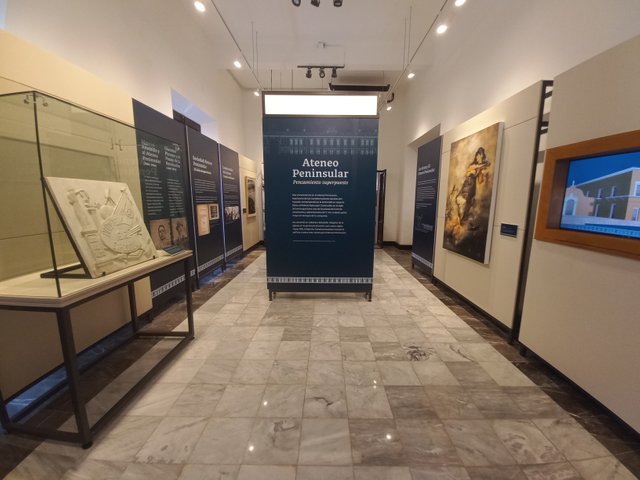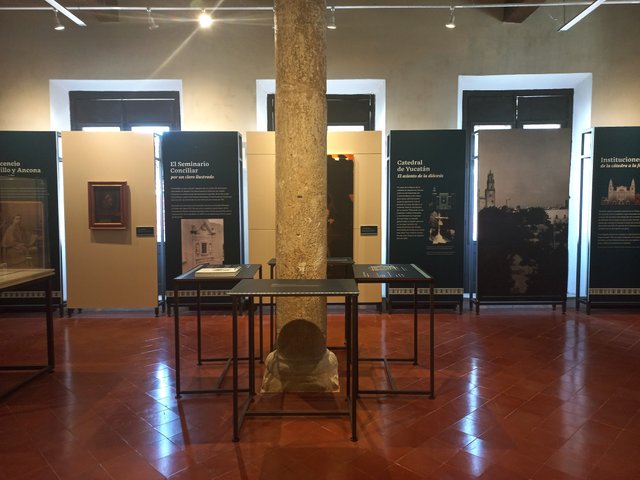Recorrido fotográfico por el Museo del Tren Maya, parte uno [ESP / ENG]
Español
¡Hola y bonito día tengan todos ustedes, estimados lectores de esta querida comunidad! El día de hoy les traigo un nuevo recorrido fotográfico, esta vez en el Museo del Tren Maya, ubicado en la calle 60 entre 61 y 63 del Centro Histórico de la ciudad de Mérida, Yucatán. Este museo es de reciente creación y se encuentra hospedado en la antigua sede del Museo de Arte Contemporáneo Ateneo de Yucatán (MACAY). Respecto a este último museo, algunos trabajadores me comentaron que quizás se reinaugure el próximo año en el mismo edificio, aunque no tienen fecha.
La visita se llevó a cabo el día 17 de julio del año en curso, y es de entrada libre. Lo único que se tiene que hacer es registrarse en la entrada, ubicada sobre la calle 60. El museo se encuentra dividido en dos grandes secciones; la primera nos presenta la historia del edificio como tal, desde su fundación como residencia episcopal hasta su transformación en museo de arte. La segunda sección se encuentra compuesta de los hallazgos arqueológicos realizados durante la construcción de los distintos tramos ferroviarios.
Para mayor comodidad del lector, este post se dividirá en dos partes. En la primera parte de hoy nos enfocaremos en la historia del Ateneo Peninsular. La próxima semana se publicará la segunda parte, enfocada en los hallazgos arqueológicos del Tren Maya.
Todas las fotografías fueron tomadas con la cámara del teléfono Samsung A32.
¡Saludos y nos vemos en el próximo post!
English
Hello and nice day to you, my dear readers from this dear community! Today I'm bringing to you a new photographic walk, this time in the Mayan Train Museum, located in 60th street between 61st and 63rd streets on the Historic Downtown of the city of Merida, Yucatan. This museum was recently created, and is hosted in the former headquarters of Yucatan's Museum Athenaeum Contemporary Art (MACAY). On the latter museum, some workers told me that it would be reinaugurated next year in the same building, although they don't have any date.
I visited the place in July 17th of the current year, and the entrance is free. The only thing you must do is to registrer in the entry, located in 60th street. The museum is divided in two great sections; the first sections focuses in the building's history, from its foundation as a episcopal home to its transformation into a museum of art. The second section is composed of the archaeological finds made during the construction of the different railway sections.
For the reader's convenience, this post will be divided into two parts. Today's first part will focus on the history of the Peninsular Athenaeum. The second part will be published next week, focusing on the archaeological discoveries of the Mayan Train.
All the pictures were taken with the Samsung A32 phone's camera.
Greetings and see you in a next post!
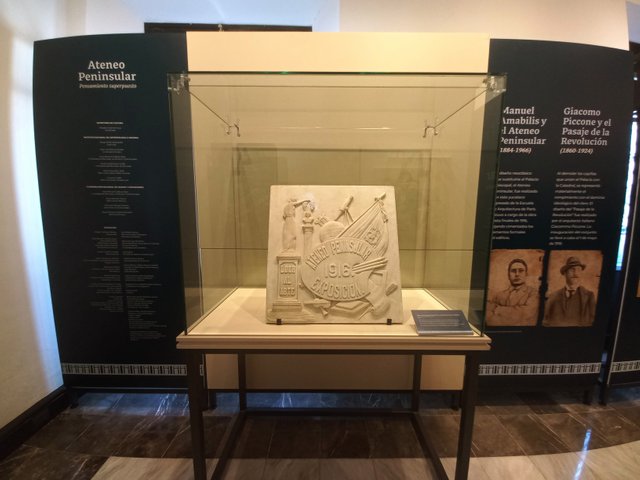 Placa de fundación del Ateneo Peninsular (1916) / Foundational palate of the Peninsular Athenaeum (1916)
Placa de fundación del Ateneo Peninsular (1916) / Foundational palate of the Peninsular Athenaeum (1916)
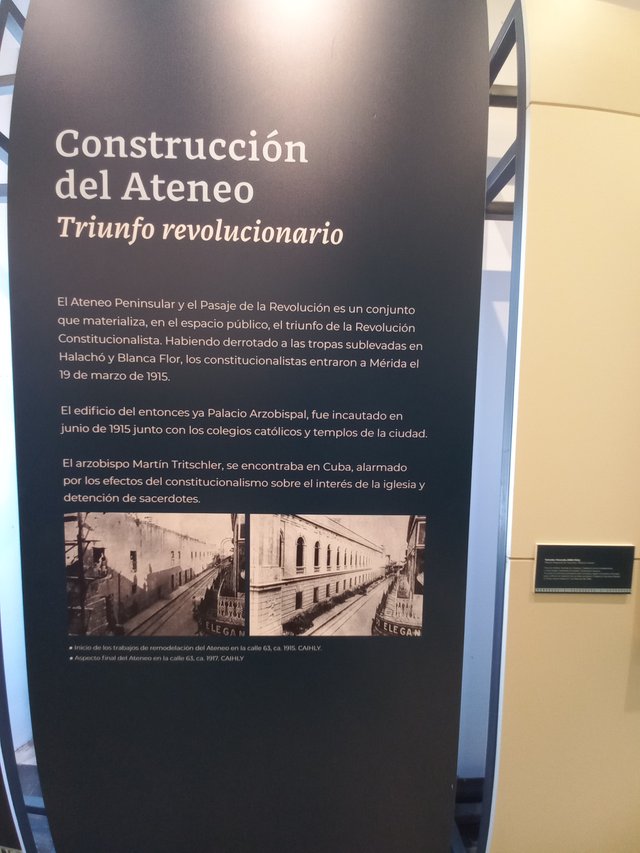 Tabla explicativa sobre la fundación del Ateneo Peninsular / Explanatory table on the founding of the Peninsular Athenaeum
Tabla explicativa sobre la fundación del Ateneo Peninsular / Explanatory table on the founding of the Peninsular Athenaeum
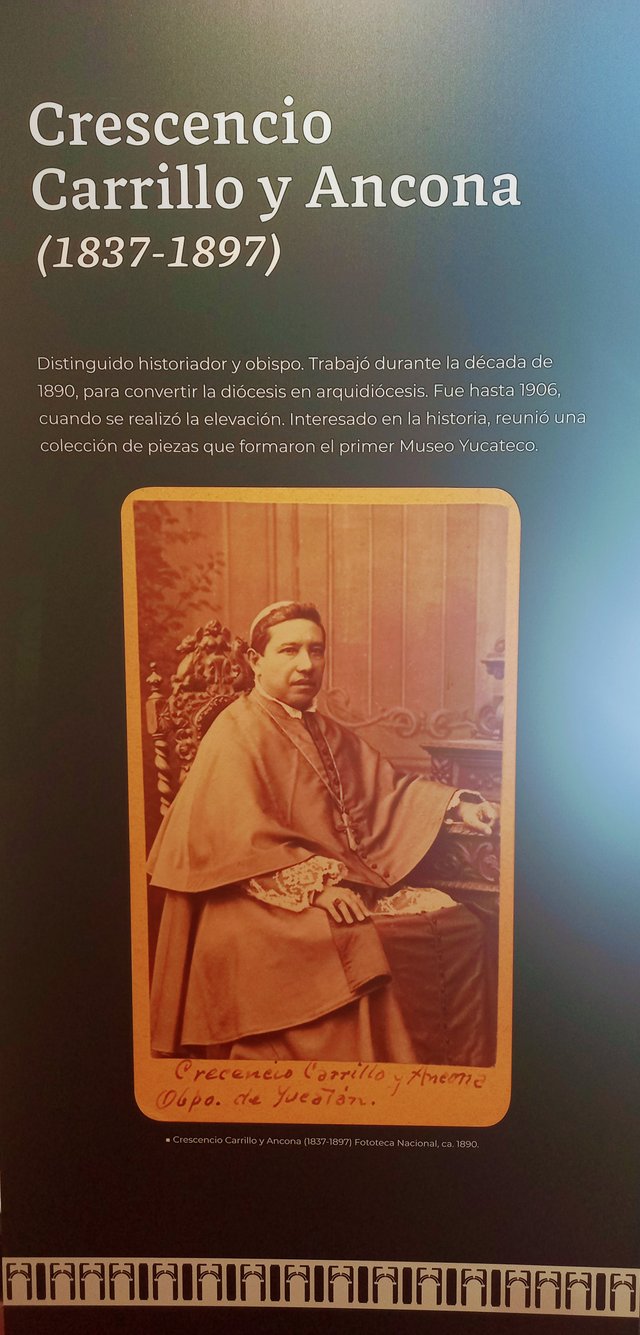 Placa explicativa sobre Crescencio Carrillo y Arjona, fundador del Museo Yucateco, posteriormente el Ateneo Peninsular / Explanatory table on Crescencio Carrillo y Arjona, founder of the Yucatecan Museum, later Peninsular Athenaeum.
Placa explicativa sobre Crescencio Carrillo y Arjona, fundador del Museo Yucateco, posteriormente el Ateneo Peninsular / Explanatory table on Crescencio Carrillo y Arjona, founder of the Yucatecan Museum, later Peninsular Athenaeum.
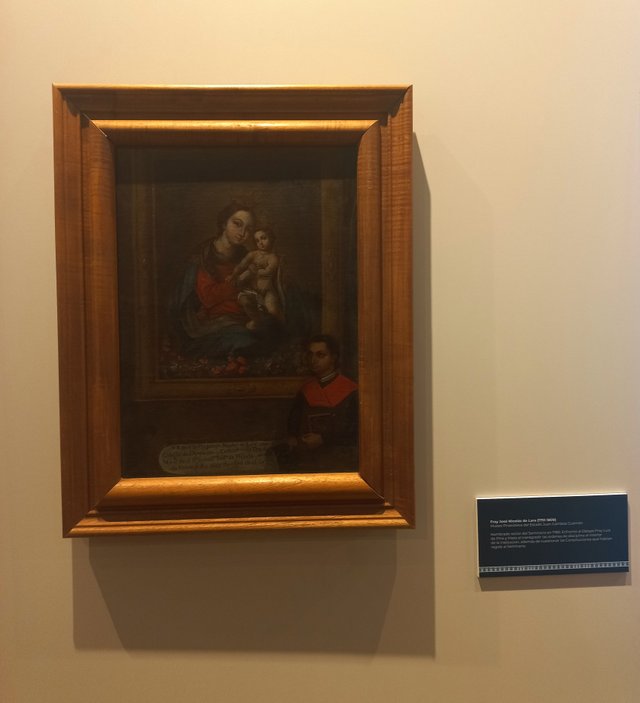 La Virgen y el Niño, de Fray José Nicolás de Lara (circa siglos XVII - XVIII) / The Virgin and the Child, by Fray José Nicolás de Lara (circa 17th - 18th century)
La Virgen y el Niño, de Fray José Nicolás de Lara (circa siglos XVII - XVIII) / The Virgin and the Child, by Fray José Nicolás de Lara (circa 17th - 18th century)
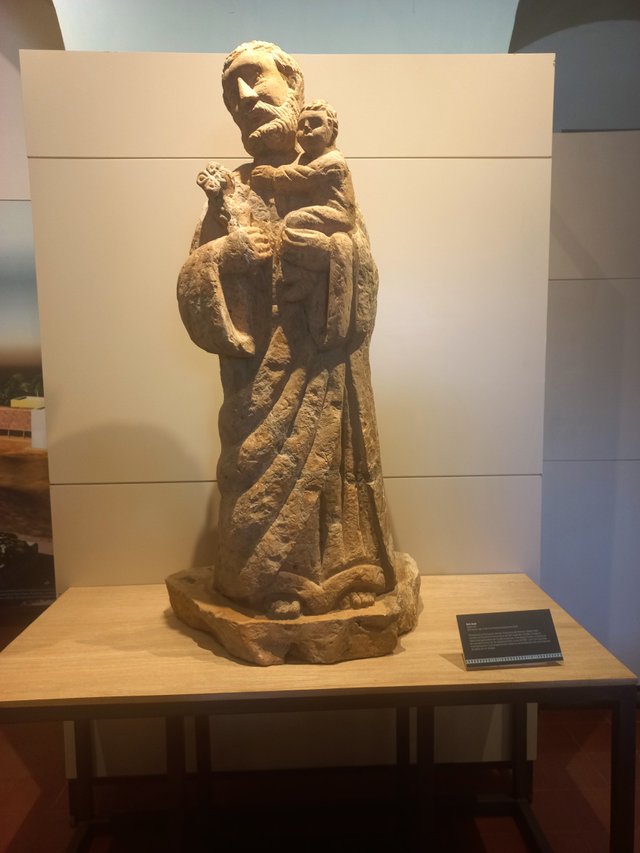 Escultura de San José y el Niño / Sculpture of Saint Joseph and the Child
Escultura de San José y el Niño / Sculpture of Saint Joseph and the Child
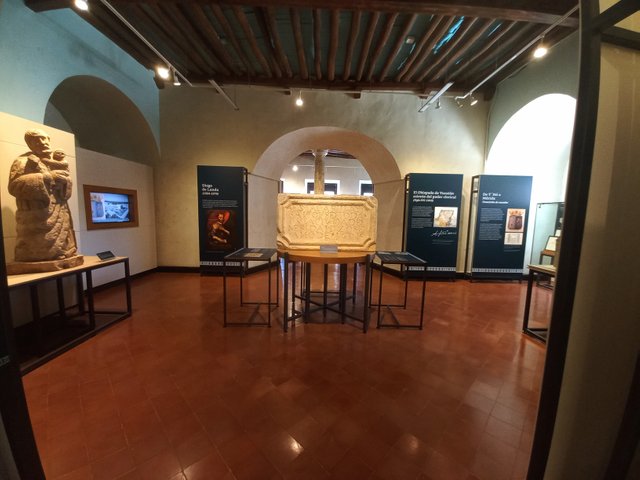 Panorámica 3. A la izquierda, la escultura de San José y el Niño; en el centro, una lápida del siglo XVII en donde se señala el término de la construcción de una de las capillas que rodeaban la Catedral / Panoramic 3. On the left, the sculpture of Saint Joseph and the Child; in the center, a 17th-century tablet marking the completion of one of the chapels surrounding the Cathedral.
Panorámica 3. A la izquierda, la escultura de San José y el Niño; en el centro, una lápida del siglo XVII en donde se señala el término de la construcción de una de las capillas que rodeaban la Catedral / Panoramic 3. On the left, the sculpture of Saint Joseph and the Child; in the center, a 17th-century tablet marking the completion of one of the chapels surrounding the Cathedral.
.png)
